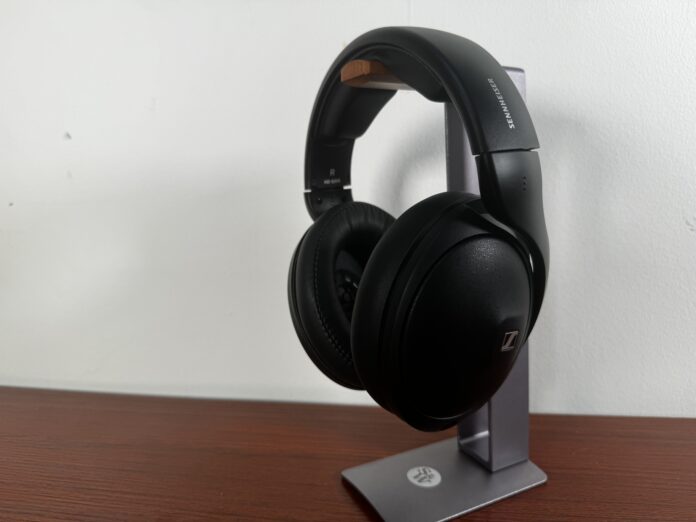Sennheiser needs no introduction. From entry level all the way up to the highest of high end, the renowned audio manufacturer produces some of our favorite headphones. And right in the middle of their range of headphones is one classic line: the HD600 series. Starting with the HD600 and HD650, and with newer models like the HD660S2, Sennheiser has long been iterating this line. But now comes a turn that many have been waiting for: a closed back variant of the HD600 line. Enter the brand new HD620S. We have a lot to cover in this review so let’s just jump right on in.
What’s in the Box:
- HD620 S headphone
- 1.8 meter cable terminating in 1/8 inch jack
- 1/8 inch to 1/4 inch adapter
- Quick start guide
- Carrying pouch
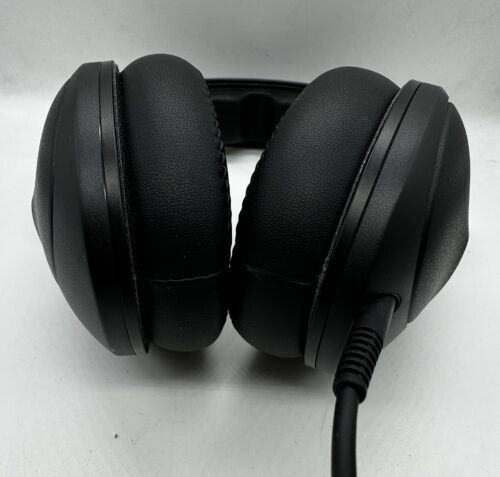
Build
By nomenclature, we can deduce that the HD620S is part of the HD600 series. Yet in terms of looks, the HD620 S most resembles the HD560S. Using the same design language, there’s a plastic headband bolstered by metal on the inside. This folds into the earcups, which also employ a metal/plastic hybrid build. On the inside of the headband and on its ear pads are a comfortable and thick protein leather. Clamping force is a little tight but, overall, I never had any problems with comfort. I was able to wear these for long periods of listening while testing them out.
My only gripe when it comes to the build of the headphone is the cable connector. I found the jack insert and its locking mechanism to make connection difficult. In fact, in my first short period of listening, I didn’t have it properly connected, causing the sound to be a little bit muffled.
That said, the build of this headphone is pretty much fantastic. With the only gripe I can think of being a nitpick of personal taste, I’m pretty happy with how this turned out.
Design
Before I bury the lede, let me get the most important piece of this headphone’s design out of the way. The HD620S is a closed back headphone. This is a first in this line of headphones, and one can assume that the “20” in “HD620” acts similarly to the “20” in “HD820,” the closed-back sibling of the HD800.
Housed inside those closed earcups of the HD620 S are 120 ohm dynamic drivers. This is another departure from the HD600 line’s traditional output. The HD600, HD650, and HD660S2 are all 300 ohms. Of course, a closed back headphone is much more likely to be used on the go than an open back. And indeed, the 620S is much easier to drive than those aforementioned headphones.
I’m a big fan of the lower impedance on the HD620S. With the proliferation of dongles that can drive fairly demanding loads, it makes sense to make headphones that are more accessible to use. Gone are the days of needing a full desktop amplifier to get you sennheiser sound. At 120 ohms, any dongle should get you enough power for these.
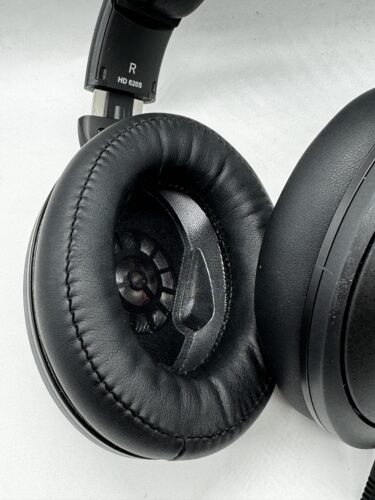
Sound Impressions
Low end:
The bottom range of the HD620S is perfectly linear. It’s fairly fast for a dynamic driver headphone, though I’d say the bass response leans closer to a smooth sound. On hip hop tracks like “Ooh La La” by Run the Jewels or pop songs like The Weeknd’s “I Feel It Coming,” bass felt lush and liquidy.
Bass is definitely neutral here. There isn’t a deep impact or bellowing body to the sound, but I do find there to be a decent amount of energy to bass hits. I think listeners using these for reference applications will love this quality as there’s no bloat or overindulgence to the sound. That said, if you’re a basshead, there may be better options out there for you.
Mids:
Sennheiser has been known for their mid ranges, specifically with how they handle vocals. The HD620S follows suit, but straddles the fine line between neutrality and forward mids better than other HD600 variants. That said, if you love your Sennheiser mid range, these should still be up your alley. In fact, I found the mids to be the strongest aspect of this headphone. They’re airy and clean and allow for plenty of room for layering. Vocals stack up well against instruments and dynamics in this region are quite good. Joni Mitchell’s “Carey” is a great choice of a song to demonstrate this.
To my ears, the perceived neutrality of the midrange doesn’t come from reducing it, but from enhancing the sound of the low and high ends to make for a more balanced sound.
High End:
The top end is where things stray the furthest from Sennheiser’s HD600 series “signature sound.” Commonly referred to as the “Sennheiser veil,” the HD600 line is thought to feature a recessed top end that gives the headphones a darker sound. But the HD620S does not fall into that at all. The treble felt exciting without being too sibilant and, again, added to the balanced sound of the headphone. Listening to King Crimson’s “Starless” was a treat with its thrashing cymbals and distorted guitar sound. The more forward treble also leads to more refined detail. I was pretty impressed by how much detail this set of cans could pull from music.
Soundstage:
Sennheiser is capable of producing varied soundstages in their headphones. The HD600 line is known to be more intimate while the HD800 line is known to be quite wide. Here, the soundstage falls right in the middle. It’s not quite as intimate sounding as the HD660S2, using its angled drivers to produce a wider sense of space. Imaging is quite good too with separated details finding space to shine.
That said, a closed back will never sound as open as an open back pair. In a way, the HD 620S sounds wider while the open HD600 variants sound, naturally, more open.
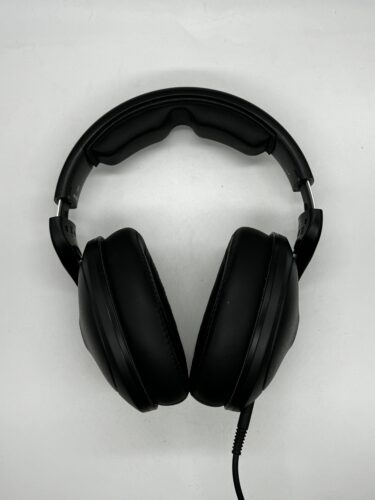
Compared to HD660S2
With the HD620S and HD660S2 being the two most recent additions to the HD600 line, I thought they’d make for an apt comparison. However, while sound winds up comparable, the two sets are actually quite different. The builds are the most obvious difference. The HD620s follows in the footsteps of the 560s while the HD660S2 follows in the footsteps of the HD600 and HD650. They also bear different drivers, with the HD620S being much easier to drive.
Sound-wise I find these two to be similar but different. They both present a reference tuning that aims to be exciting and refined at the same time. Aside from the obvious difference that the HD620S is closed, and thus isolates sound, whereas the HD660S2 is open, I did find the sound to be comparable.
The bass on both are linear and tight, if not the most impactful. But regarding the lack of boom-y bass, I think that these achieve their goal of being accurate and tasteful. Likewise, the mids are the star of the show on each headphone. I found vocals to be really nice with great instrument separation. The HD660S2 is a little more mid-forward than the HD620S which is a tad more balanced, but overall, they’re delivering similar levels of presentation and detail retrieval.
The main difference in sound is the treble. Where the HD620S is a little bit more forward in its treble presentation, the HD660S2 is a tad more relaxed. This is negated a little bit by the effect of the open back’s ability to resolve better than the HD620S. However, I found the HD620S to be more exciting and engaging than the HD660S2 due to the more forward treble range.
One thing I should touch on before wrapping things up is how the cable is different on the HD620S. Rather than having dual connectors to the headphone, the HD620S uses a single connector with a locking mechanism to keep everything in place. I don’t love this design because it can be tough to get the connector properly secured in the headphone. But I do appreciate Sennheiser modernizing their approach to the cable, as I think it’s better for on the go use compared to the cables on the rest of the HD600 line.
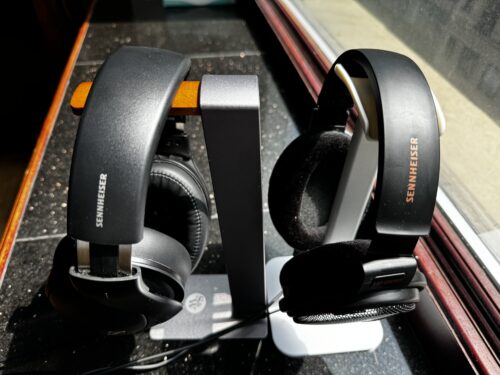
Final Thoughts
The Sennheiser HD620S is a real winner in my book. With a balanced sound, solid soundstage, good isolation, and manageable drivability, it’s hard not to recommend this headphone. We’re giving the Sennheiser HD620 S MajorHifi Gold.
The Sennheiser HD620S is available for pre-order at Audio46.
MAJORHIFI may receive commissions from retail offers.


